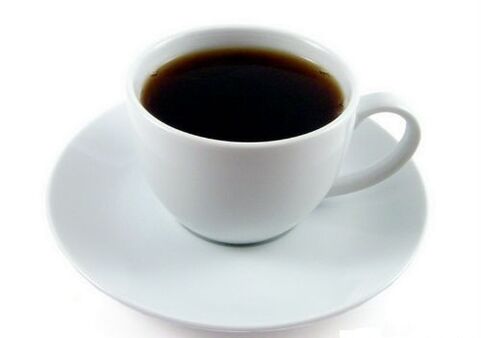The salt-free Japanese diet is one of the most controversial. Meanwhile, this method of losing weight is required by the immense popularity among women.
The Japanese diet menu without salt for the week, according to nutritionists, is not properly balanced.

However, it is precisely for this reason that the diet promotes rapid weight loss in a short time.
Efficiency
Nutritionists around the world point out that overeating is a major cause of excess weight. You can fight this bad habit with the Japanese salt-free diet. In just one week it will allow you to change your gastronomic habits by giving up the consumption of dishes based on salt, sugar, fats and flour. The menu of a salt-free diet for a week is considered one of the most effective, as it allows you to lose up to 7-8 kg of excess weight during the entire period. In addition, such a nutritional system, given the ban on salt, helps cleanse the body of toxic substances and improve the functioning of the digestive tract.
What explains such an active effect of the Japanese salt-free diet? Looking at the menu, it is easy to understand that the proportions of the BJU in this power system are not balanced. Therefore, the body, not receiving the necessary energy from food, is forced to process the available fat reserves to ensure the functioning of systems and organs. In recent years, diets of this type have become increasingly popular. But don't count on the long-term effect of weight loss.
After finishing the Japanese diet menu for a week, do not rush back to the previous diet. To consolidate and preserve the results obtained, it is advisable to follow the basics of proper nutrition in the future. In the Japanese salt-free diet itself, it is important to follow a strict menu sequence every day, using only the foods indicated in the diet. Also, do not forget about sufficient fluid intake in the body. During the Japanese salt-free diet, you should drink about 2 liters of water per day.
Advantages and disadvantages
In just one week, the Japanese diet promises drastic weight loss. But is this nutritional system really that safe and effective? Nutritionists consider the menu of a salt-free diet for a week one of the most unbalanced. The disadvantages of the diet are, first of all, the following:
- Low calorie content of the daily menu;
- Three meals a day;
- Frequent consumption of coffee, which can adversely affect the work of the heart in people with problems with the cardiovascular system.
The obvious advantages of the Japanese salt-free diet are rapid weight loss, the body's rapid dependence on the diet, and the improvement of metabolic processes in the body.
7 days menu
The menu of the Japanese diet for a week is quite strict, so before starting a diet, prepare your body for a low-calorie diet: exclude alcohol, flour and sweets, salt and sugar from your diet. The Japanese salt-free diet allows the use of the following foods for weight loss:
- Soups based on vegetable broth or weak fish;
- Rye bread;
- Fresh or stewed vegetables (cabbage, cucumbers, courgettes and radishes, tomatoes, potatoes, carrots and beets);
- Berries and fruit;
- Chicken eggs;
- Vegetable oil;
- Dairy product;
- Tea and jelly.
Follow the Japanese salt-free diet menu in the order presented below:
1 day
- Breakfast: coffee without sugar;
- Lunch: carrot and vegetable oil salad, 2 hard-boiled eggs;
- Dinner: vegetable salad and fish stew.
2nd day
- Breakfast: a cup of coffee and rye toast;
- Lunch: 200 grams of boiled fish, coleslaw and cucumber salad, 1 boiled egg;
- Dinner: 1 large apple or orange.
3rd day
- Breakfast: a cup of coffee or tea;
- Lunch: carrot salad and 1 egg;
- Dinner: apples.
4th day
- Breakfast: a cup of coffee and a slice of rye or wheat bread;
- Lunch: fried zucchini in vegetable oil;
- Dinner: 2 boiled eggs, 200 grams of chicken or lean beef, coleslaw.
5th day
- Breakfast: raw carrot salad, dressed with lemon juice;
- Lunch: a glass of unsalted tomato juice and 200 grams of baked fish;
- Dinner: apples.
6 days
- Breakfast: a cup of coffee and a slice of bread;
- Lunch: carrot and cabbage salad with butter, half a skinless boiled chicken breast;
- Dinner: 2 hard boiled eggs and carrot salad.
7th day
- Breakfast: a cup of unsweetened green tea;
- Lunch: boiled chicken, any 1 fruit;
- Dinner: vegetable salad and boiled fish.














































































